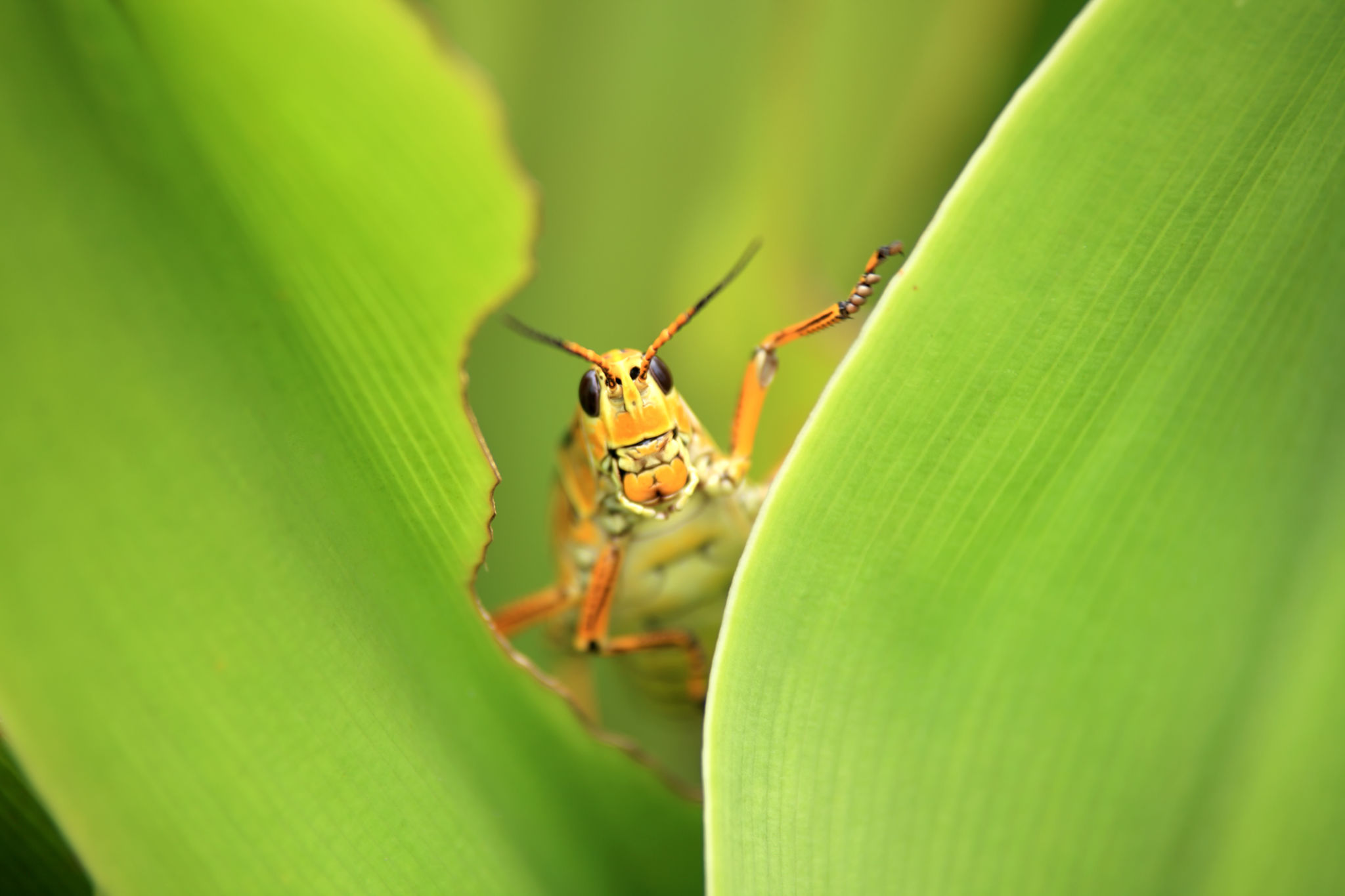Essential Lawn Care Tips for Australian Homeowners
Understanding Your Lawn's Needs
Maintaining a lush and healthy lawn in Australia can be quite a challenge due to the varied climate conditions. It’s essential to first understand the specific needs of your grass type, which may range from warm-season grasses like Buffalo and Couch to cool-season varieties such as Ryegrass and Fescue. Each type has its own watering, mowing, and fertilization requirements.
Regular observation of your lawn's health is critical. Look for signs of distress such as discoloration or thinning, which can indicate inadequate care or pest issues. By understanding these signals, you can take timely action to prevent further damage.

Watering Wisely
Watering is crucial for a thriving lawn, but overwatering can be as detrimental as underwatering. In Australia, where drought conditions are common, it’s important to water your lawn efficiently. Early morning is the best time to water your grass, as it minimizes evaporation and allows the soil to absorb moisture before the heat of the day.
Consider using a rain gauge to measure rainfall and adjust your watering schedule accordingly. In general, most lawns require about 25mm of water per week. Additionally, setting up an irrigation system can help ensure even distribution and conserve water.
Mowing Techniques
Proper mowing practices are fundamental to maintaining a healthy lawn. Ensure your mower blades are sharp to make clean cuts, which helps prevent disease and promotes even growth. The general rule is to never cut more than one-third of the grass height in a single mow.
Adjust the mowing height according to the season; during hotter months, keeping the grass a bit longer can protect the soil and roots from excessive heat. Conversely, during cooler months, slightly shorter grass may help with growth and maintenance.

Nourishing Your Lawn
Fertilizing your lawn provides essential nutrients that promote growth and resilience. In Australia, it's best to fertilize during the growing seasons—spring and autumn for most grass types. Use a balanced, slow-release fertilizer to provide a steady nutrient supply over time.
Organic fertilizers are also a great option; they improve soil health and reduce the risk of chemical runoff. Be sure to follow application instructions carefully to avoid over-fertilization, which can lead to nutrient burn and environmental harm.
Pest and Weed Control
Pests and weeds can quickly spoil the appearance of your lawn if not managed effectively. Regular inspection is key to early detection. For weeds, manual removal or targeted herbicide application can be effective.
Pest control may involve natural predators or environmentally friendly insecticides. Encouraging biodiversity in your garden can also help keep pest populations in check naturally.

Seasonal Lawn Care
Lawn care needs vary with each season. In spring, focus on aeration and fertilization to jumpstart growth. During summer, prioritize watering and mowing adjustments. Autumn is ideal for overseeding and applying a slow-release fertilizer to prepare for winter dormancy.
Winter care involves minimal intervention, primarily ensuring proper drainage and reducing foot traffic when the grass is dormant. By adapting your maintenance routine to the seasons, you can ensure year-round lawn health.
